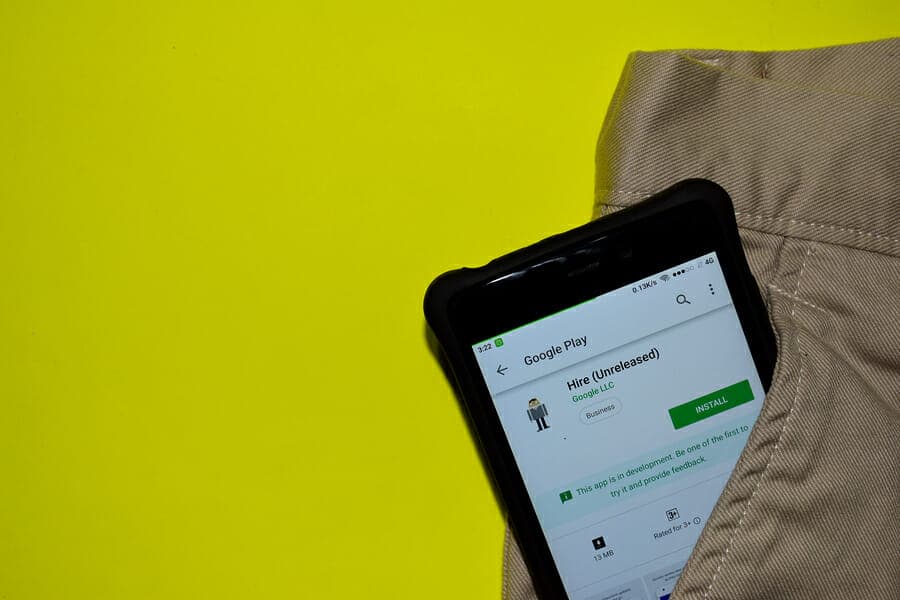Google recently announced that it will shut down its ATS, Google Hire, in a year. The decision comes 17 months after the ATS was launched. Hire will join a long list of products developed and then shut down by Google, including Google+, Picasa, Orkut, Goggles, Hangouts, Allo, and 170 others.
Failure Is Very Much an Option
Most products fail. All the money and talent in the world cannot guarantee success. In fact, the mantra at many companies is “fail quickly, fail often.” But Hire’s failure is likely the result of it being a remarkably mediocre offering that tried to compete in a market that already had plenty of cool, feature-rich, and innovative products. Despite having its genesis at Google, Hire was distinguished mainly by the lack of innovation on display. It is described as being designed to “make the hiring process faster and simpler.” That would be a differentiator if other ATS’s were designed to make the hiring process slower and complicated. Hire’s features are all table stakes for any ATS today. Google did little to give hire any special sourcing capabilities.
Any ATS can only do so much to improve the hiring process. No AI or machine learning can get a candidate past a hiring manager who doesn’t respond quickly. But AI tools that exist today are already doing a great job of finding candidates. Hire does include features to source candidates from past recruitment efforts and do better matching, but then so does just about every other ATS along with many sourcing products. When entering a mature market, success requires having an offering that stands out from the field. Admittedly, that is a high bar, but given the resources available to Google, it’s strange that it launched an ATS with no demonstrated superiority. One would expect that given Google’s undisputed dominance in search, Hire would be infused with algorithms that can demonstrably find great candidates better than competing products. Perhaps there was a plan to integrate Hire and Jobs to give Hire customers better results. It would strain credulity if the strategic plan did not include it.
I Fought the Law and the Law Won
Hire might have been a success if Google had created a tight integration with its other offering, Google for Jobs. Launched about the same time as hire, Jobs is heavily infused with machine-learning capabilities. However, not taking advantage of Google for Jobs may be driven by the company’s legal problems. Google faces multiple complaints of antitrust violations all claiming the company is stifling competition. Its recent troubles started in Europe, where two dozen job search sites claim that Google manipulates search results to push candidates to Google for Jobs. The complaint to the EU is along the same lines as the one that led to a $2 billion fine, for manipulating search results to favor its own shopping comparison service.
In the U.S., attorneys-general nationwide have charged the company with business practices that “may have undermined consumer choice, stifled innovation, violated users’ privacy, and put Google in control of the flow and dissemination of online information.” This follows on the heels of investigations being launched by the U.S. Justice Department, the Federal Trade Commission, and the House and Senate. The company is accused of creating a “walled garden” where half of all searches end with a user being on a Google product. That is, the user does not click through from the search results to a non-Google site.
In this climate, anything that could be suggestive of the company giving its customers an advantage by favoring its own products could be used against it. With no obvious advantage of using Hire, it becomes just an ATS with little to distinguish it in a field where there are many small and nimble rivals that already have more advanced products.
